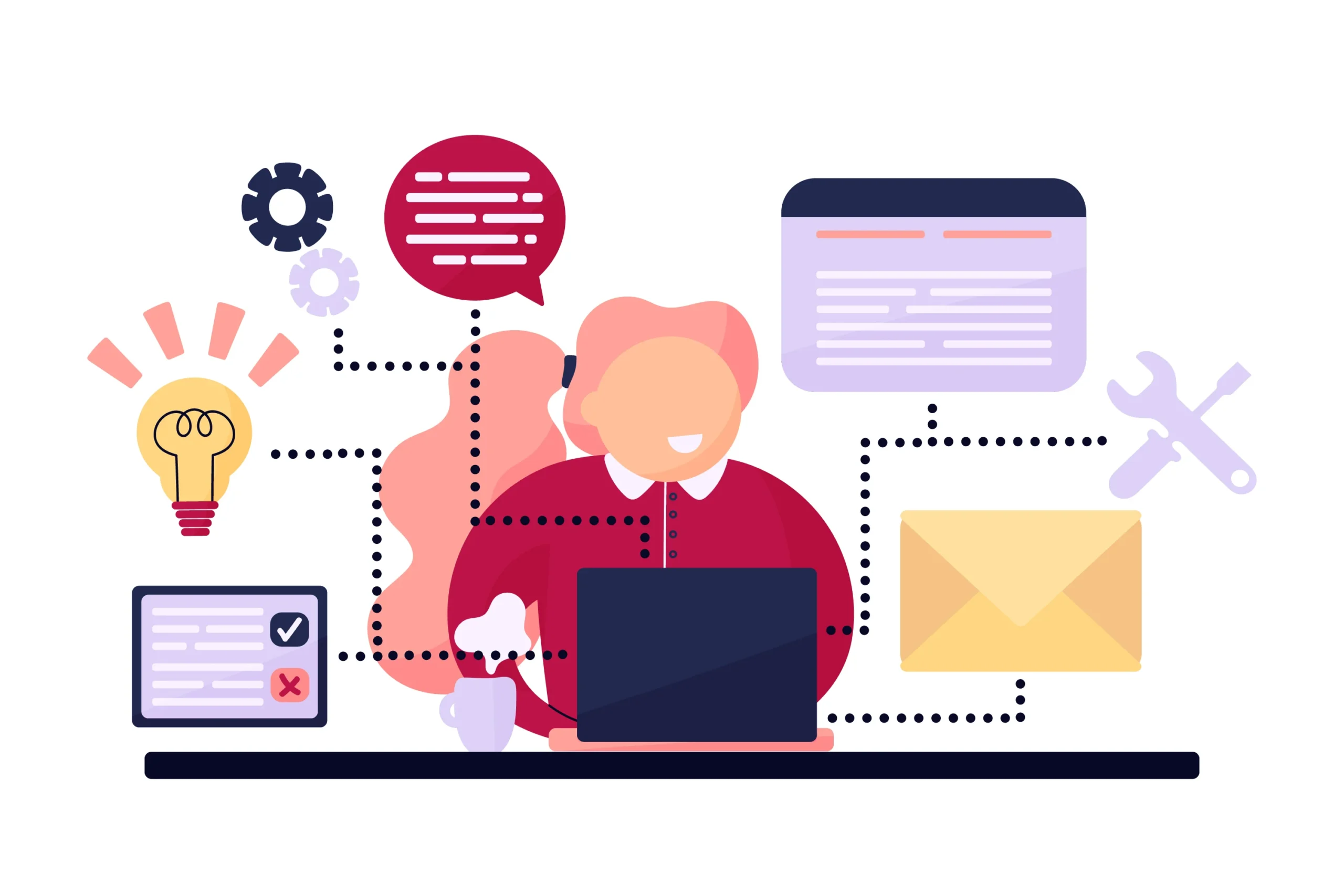Introduction
Designing a logo is a crucial step in establishing a brand’s identity. A well-designed logo not only captures the essence of a brand but also makes a memorable impression on customers. Whether you’re a graphic designer or a business owner looking to create a logo for your brand, understanding the design process is essential for creating an effective and visually appealing logo. This article will guide you through the steps of designing a logo, from initial brainstorming to final execution, ensuring that your logo is both unique and aligned with your brand’s identity.
Understanding the Purpose of a Logo
Before diving into the design process, it’s essential to understand what a logo is and its purpose. A logo serves as the visual representation of a brand and is a key element of its identity. It helps to:
- Identify the Brand: A logo helps customers recognize and remember a brand.
- Communicate Brand Values: It conveys the essence, values, and personality of the brand.
- Create Brand Loyalty: A well-designed logo can foster a sense of trust and loyalty among customers.
The Logo Design Process
Designing a logo involves several steps, each of which contributes to the final product. Here’s a step-by-step guide to help you through the process.
1. Research and Discovery
The first step in designing a logo is to conduct thorough research to understand the brand, its target audience, and the industry.
- Understand the Brand: Gather information about the brand’s mission, vision, and core values.
- Analyze Competitors: Study logos of competitors to identify trends and ensure your logo stands out.
- Identify Target Audience: Understand the preferences and expectations of your target audience to design a logo that resonates with them.
2. Define Logo Objectives
Clearly define what you want your logo to achieve. Consider the following:
- Brand Personality: Determine the personality traits of your brand (e.g., professional, playful, modern).
- Logo Style: Decide on the style of the logo (e.g., emblem, wordmark, lettermark).
- Color Palette: Choose colors that align with the brand’s identity and evoke the desired emotions.
3. Brainstorm and Conceptualize
Start brainstorming ideas and conceptualizing your logo design. This phase involves:
- Sketching Ideas: Begin with rough sketches to explore different concepts and compositions.
- Creating Mood Boards: Collect visual elements that inspire you, such as colors, fonts, and images.
- Exploring Typography: Experiment with different fonts and typefaces to find the right style for your logo.
4. Create Digital Drafts
Once you have a few solid concepts, create digital drafts of your logo using design software such as Adobe Illustrator or Sketch.
- Vector Design: Design the logo as a vector graphic to ensure scalability and flexibility.
- Refine Details: Pay attention to details such as alignment, spacing, and proportions.
- Test Variations: Create different versions of your logo to see how it looks in various contexts (e.g., color, black and white).
5. Get Feedback and Revise
Seek feedback from stakeholders, colleagues, or potential customers to gain insights and make necessary revisions.
- Gather Opinions: Collect feedback on different aspects of the logo, including its design, color scheme, and overall impact.
- Make Adjustments: Based on the feedback, make adjustments to improve the design.
- Test Usability: Ensure the logo looks good in different sizes and formats, such as business cards, websites, and social media profiles.
6. Finalize and Deliver
Once you’ve refined the design, finalize the logo and prepare it for delivery.
- Create Final Files: Export the logo in various formats (e.g., PNG, JPEG, SVG) and resolutions for different uses.
- Prepare a Style Guide: Provide guidelines on how to use the logo, including color codes, font specifications, and spacing rules.
- Deliver Assets: Share the final logo files and style guide with the client or team.
Essential Elements of a Successful Logo
A successful logo should possess several key elements:
1. Simplicity
A simple logo is easy to recognize, versatile, and memorable. Avoid overly complex designs and focus on creating a clean and straightforward visual representation of the brand.
2. Relevance
Ensure the logo reflects the brand’s identity and values. It should be relevant to the industry and resonate with the target audience.
3. Versatility
The logo should be versatile enough to work across different mediums and sizes, from business cards to billboards. Test the logo in various formats to ensure its effectiveness.
4. Timelessness
Aim for a design that remains relevant and effective over time. Avoid trendy elements that may quickly become outdated.
5. Uniqueness
Create a logo that stands out from competitors and is easily distinguishable. Avoid clichés and strive for originality in your design.
Common Logo Design Mistakes to Avoid
Avoiding common pitfalls can help ensure a successful logo design:
1. Overcomplicating the Design
Complex logos can be difficult to reproduce and may not be easily recognizable. Stick to simplicity and clarity.
2. Using Generic Fonts and Icons
Generic fonts and icons can make your logo look unoriginal. Choose unique elements that reflect your brand’s personality.
3. Ignoring Scalability
Ensure the logo is scalable and looks good in various sizes. Avoid designs that become illegible or lose impact when scaled down.
4. Neglecting Brand Consistency
The logo should align with the brand’s overall identity and visual style. Avoid designs that conflict with existing branding elements.
Conclusion
Designing a logo is a crucial aspect of building a brand’s identity. By following a structured design process, from research and conceptualization to finalization, you can create a logo that effectively represents the brand and resonates with its audience. Focus on simplicity, relevance, versatility, timelessness, and uniqueness to ensure your logo stands out and leaves a lasting impression. Avoid common design mistakes and strive for originality to create a logo that truly embodies the essence of the brand.
With these strategies and tips, you can confidently embark on the journey of designing a logo that not only enhances your brand’s identity but also contributes to its long-term success.


